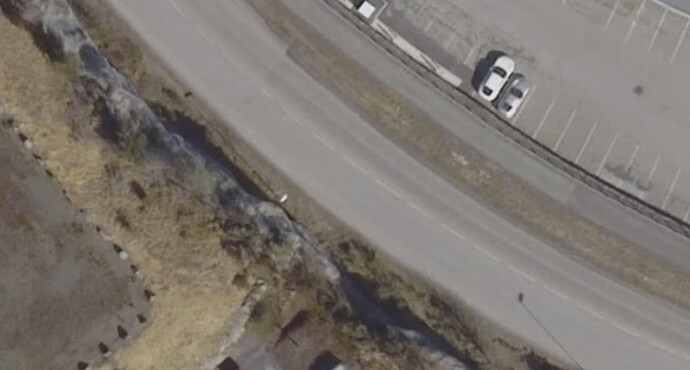Confusion is the name of the game. Reality is confusion. So the text is supposed to be confusing to show there isn’t a clear standard because there can’t be.
There are people who tag 6 foot sections of sidewalk as footpaths merely because they aren’t parallel to a road or parking lot. It’s not a foot path in the sense of going from A to B away from a road, the building is merely setback.
It’s the same idea that a cycle path isn’t always separated or protected continually. You have to look at context. A biker isn’t going to suddenly ride into the middle of the road because a protected section ends and then merges into a unprotected sections for a few blocks. The cycle path doesn’t make a veering turn to merge with the road to be more accurate to tagging. It’s like that. You know when it’a a sidewalk because it’s continual from a sidewalk no matter where it is.
There’s a really interesting hybrid design at 39.247478, -94.582833 to 39.251669, -94.584343. (google maps has it) Neither the sidewalk or cycle path starts or ends, they split in two and remerge. so despite not being protected it could be a cycle path line the whole length. or could split and remerge. but just adding a tag and visually ending the cycle path isn’t accurate to reality
It’s a problem with demand paths too. It’s a sidewalk even if it’s grass. The material is less relevant than the purpose. it’s not a trail because it’s not paved
Go look at the greater ecosystem. Imagine you’re using this data to spilt apart a formal hiking path from a city walking path that may or may not be along the street. Which one do you use when you’re looking at a courtyard of a building? What about a college campus? What about a city park at a playground or a school? What if the road ends and the sidewalk continues on?
What if the city makes the sidewalk the same width as a cycle path to to go around power poles but there’s no bike lane, path or bike intention?
What if the crosswalk is cycle path width but ends at a sidewalk on both ends, crossing a bike lane, with bike boxes that don’t connect to a bike lane on either side? That one is not yet on any satellite photos.
what if the sidewalk is barely one, but people walk on it. 39.172509, -94.576640
What if it’s clearly a sidewalk, it’ skinny, there’s no biking signs but a municipal org calls it a bike path?
Sidewalks vs paths has an issue, there’s probably 10x as many types as OSM has and the tags don’t always make sense. I fixed an airport to internal corridor, because someone thought “foot path” and that makes sense for it. but somehow it has a tag titled “highway”
we need one halfway between dirt and sidewalk and halfway between sidewalk and path and halfway between sidewalk and cycle path. and how about “you can bike here but it’s not made for it” and how about a walking area that if six paths enter a plaza it creates 15 functional paths automatically for you without needing to be a big thick line

